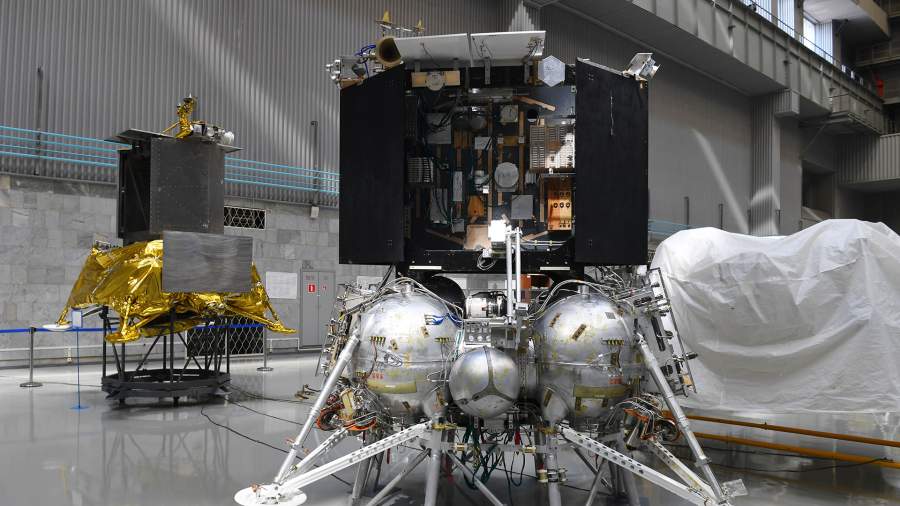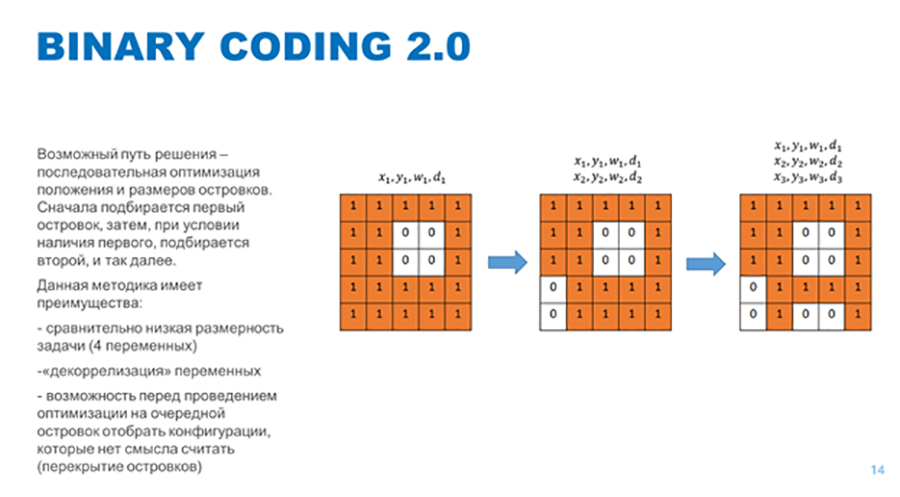Got into the algorithm: a smart designer will speed up the creation of robots and satellites
- Статьи
- Science and technology
- Got into the algorithm: a smart designer will speed up the creation of robots and satellites

Scientists have developed an algorithm that accelerates the design of patch antennas, compact devices for Wi-Fi, satellite communications and other wireless technologies. The method significantly reduces the time required to determine the optimal shape of the product. At the same time, it is not limited to standard solutions, but adapts to specific tasks and electrical conditions. The technology has been successfully tested in engineering programs, reducing the number of iterations from thousands to hundreds. The innovation will be useful for the development of drones, robots, satellites and other devices where compactness and accuracy are important. For more information, see the Izvestia article.
How patch antennas are designed
Scientists from the Moscow Institute of Physics and Technology have proposed a new computational method that allows you to quickly and efficiently design patch antennas - small flat plates that serve as part of various devices for receiving and transmitting radio signals. These devices are usually used for Wi-Fi, satellite communications, and other wireless technologies.
As the authors of the project explained, the proposed algorithm reduces the process of developing a new antenna several times. At the same time, it makes it possible to build a balance of characteristics, on the one hand, taking into account the tasks for which the device is intended, on the other — taking into account the electrical environment. In addition, the proposed algorithm is free from the inertia of traditional methods, which have proven themselves on familiar schemes, but are ineffective for new developments. However, he does not use figures that are "convenient" for calculating, but rather "invents" the necessary shape himself.
— Patch antennas are, in fact, small "radio antennas" that are used in compact devices. Such as mobile phones, satellites, drones, and robots. In fact, it is a metal plate on a dielectric substrate. They are usually made using printed circuit board technology, and most often they have a simple shape — a rectangle or a circle," Maxim Artyushin, the author of the project, a technician at the Department of Applied research and development of advanced cellular communication solutions at MIPT, explained to Izvestia.

According to the scientist, the algorithm has versatility — it can be adapted to a wide range of tasks, from designing antennas for household devices such as Wi—Fi routers to complex high-tech systems such as robots and space satellites.
In particular, the method makes it possible to design antennas with non-standard geometries, which can improve their performance in dynamic environments. This is important, for example, for drones. The algorithm will also make it possible to design antennas taking into account the difficult conditions for spacecraft operation in low-Earth orbits.
According to the specialist, the usual way of modeling is that engineers calculate the antenna parameters using formulas, and then refine them using computer modeling. This often involves algorithms that search for the optimal solution through trial and error. These approaches have a disadvantage — they take a lot of time and are limited to standard forms, which are not always optimal.
How to simplify engineering calculations
The basis of the new method, the scientist said, is a way to speed up calculations, which instead of a cumbersome and expensive computational model involves using a simple "training copy" — a simplified double of the main task. Thus, when designing patch antennas, engineers first enter a limited number of accurate data into the program. Based on them, a mathematical simulation model is built that captures the basic patterns.
— At the start, the algorithm takes the antenna of the basic rectangular shape and changes it slightly with each test — cuts out some areas, tracking the effect of the changes. If the reception has improved, then the form is suitable, if not, then the previous form is returned. This is how the program selects the effective antenna shape itself. This approach reduces the computational load, since only a small number of parameters are optimized at each step, and not the entire structure at once," explained Maxim Artyushin.

This is similar to "machine learning," the scientist said, when neural networks predict the result without manually going through all the options. As an analogy, you can imagine how, while tuning a guitar, a musician makes trial settings, remembers how the sound changes, and only then you quickly find the right note using this "map".
The developers tested the new method in the FEKO and DT Seven programs, professional platforms for engineering calculations, and successfully calculated three devices: a simple 10 GHz, dual—band and omnidirectional antennas. It took from several dozen to several hundred selection attempts to design them. Whereas classical methods require thousands of iterations.
An ecosystem for product development
— When designing patch antennas, difficulties arise when it is necessary to make a non-standard, non-trivial topology with specialized or specific properties. For example, if we are talking about an ultra—wide band or support for multiple bands," Alexey Kosmynin, director of Matrix Wave, a member of the Frontiers of Science Guild, told Izvestia.
The value of the presented method is in simplifying calculations by iterating according to certain rules, he explained. This approach is promising not only for patch antennas, but also for other devices. For example, adders, RF filters, and so on.
— The main problem is modeling "on a whim". The developer forms the geometry, sets the types of materials, "powering" patches, and performs calculations. This can take a huge amount of iteration and time. At the same time, the most popular payment product is currently under sanctions and is expensive," explained Alexander Zamyatin, Doctor of Technical Sciences, Head of the Cybersecurity Section of the Russian Academy of Military Sciences' National Defense Management Research Department, TechNet NTI expert, to Izvestia.
The advantages of the new method are adaptability, when the optimal design is set by the software product, and not by the engineer looking for trial and error, the expert said.
However, according to Alexander Zamyatin, the disadvantages of the project are traditional for domestic products — it is the lack of an ecosystem. In other words, there is no community of developers, and there is no system for training and certifying specialists. Also, as a rule, this is a weak service support and, consequently, a small customer base and revenue.
Anton Averyanov, CEO of the ST IT Group of companies, TechNet NTI market expert, emphasized the similarity of the technology with machine learning algorithms. Its development makes it possible to improve patch antennas and simplify their development. However, due to the fact that the antenna shape is selected only in terms of basic parameters, the final version still needs to be tested with full specifications.
Переведено сервисом «Яндекс Переводчик»
